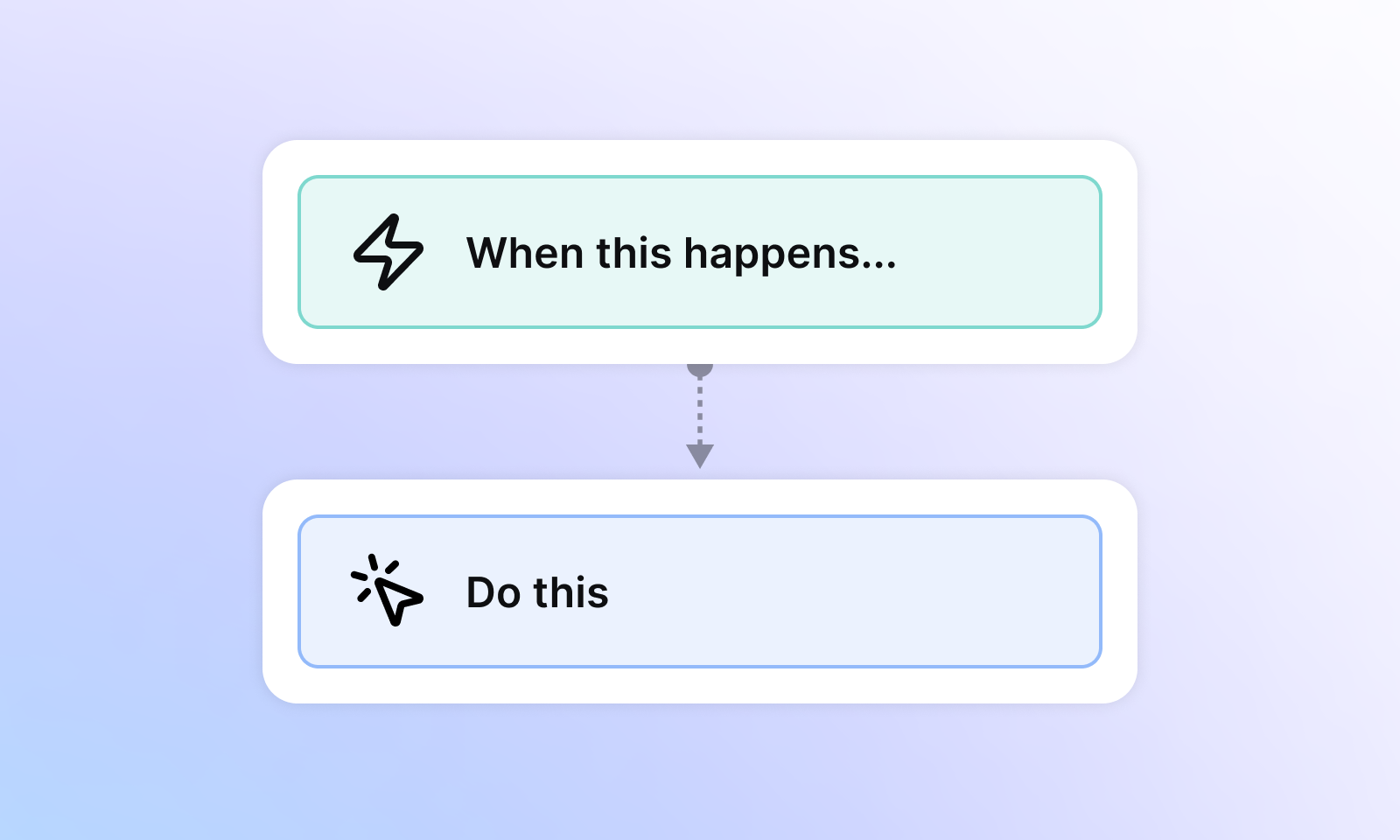

Salesforce and Shopify (OAuth) Integration
Connecting Salesforce with Shopify (OAuth) helps businesses eliminate manual work and reduce errors. With Ayudo, your data stays perfectly in sync between Salesforce and Shopify (OAuth), enabling faster workflows, better collaboration, and improved customer experiences.

















